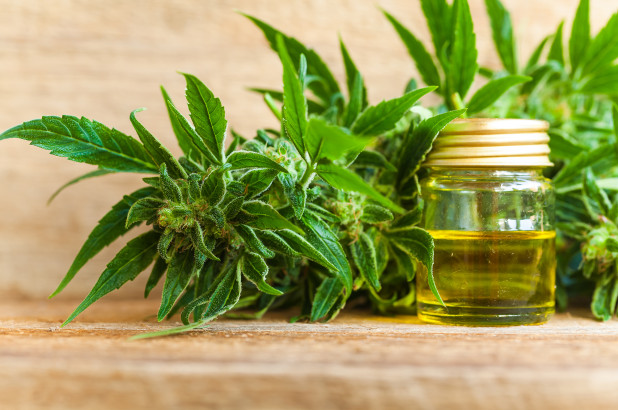Medical marijuana patients in several states face new challenges in accessing the medicine they depend on for a surprising reason: changes in the cannabis market ushered in by marijuana legalization. At first glance, legalizing marijuana for all adults might seem like it would make life easier for people who use it medicinally. Yet, conversations with patients in California and Colorado reveal that an industry that is shifting to favor the tastes and preferences of recreational users is sometimes failing to meet patients’ needs.
The Chemistry of Cannabis
Not all cannabis is created equal. Plant chemistry is more complex than pharmaceutical chemistry, so you can’t directly substitute one strain of cannabis for another as easily as you can substitute a generic drug for its name brand counterpart. Most discussion around different strains of marijuana revolves around the varying levels of two constituents, CBD and THC. CBD tends to be more sedating and to be helpful in reducing pain, inflammation, and anxiety. THC tends to be more stimulating and aids in reducing nausea and increasing appetite. Differing levels of varying terpenes, the light, aromatic molecules that give plants their unique scents, also give different strains of cannabis different effects. Think of it is marijuana aromatherapy: a strain with a piney smell from alpha pinene will make you feel more alert, a strain that gets a lavender-like scent from linalool will be more sedating. Medical marijuana patients and their doctors and caregivers learn to identify which strains help a particular person’s condition in which ways. Some patients depend on a single strain, others have a couple different strains they use to address different symptoms.
CBD vs. THC: Different Demand Leads to Different Marijuana
Most of the states that have legalized marijuana already had robust medical marijuana programs in place. These medical marijuana programs created a market tailored to the needs of patients, many of whom benefit most from high CBD strains. In states that allow all adults to buy marijuana, the recreational market is much larger than the medical market, and recreational users tend to favor higher THC strains, so growers and dispensary owners now have less off an incentive to grow or stock as many high CBD strains. The patients in Colorado and California who spoke with Going Green report that they there are fewer high CBD strains available in dispensaries now.
Patients also report that many of the small growers they depended are being squeezed out of the market by lower prices and higher regulatory costs. Just like “farm to table” food, locally grown cannabis can feel most trustworthy to people who have to pay close attention to their health.
Regulatory Differences: Recreational vs. Medical Marijuana
New regulations designed to prevent the abuse of recreational marijuana also make it harder to get their medicine in the form that best serves them. Most states, for example, limit the amount of THC that can be contained in an edible product. Many patients get better results from edibles than they do from smoking or vaping, and often they need a higher dose of marijuana for symptom relief than a recreational user needs to get high. One person who spoke with us said “Someone sick can not eat 20 chocolate bars. 500mg -1000mg of THC is nothing if you are dying or in some chronic condition.”
Patients are free to grow their own marijuana or make their own edibles. Yet this can be daunting for someone disabled or living with severe pain.
Everyone who spoke with us stressed that they still support keeping marijuana legal for all adults. They don’t want to see people jailed for using, growing, or selling the plant. They just want the industry and law makers to take their needs seriously.
– Seán O’Donoghue


